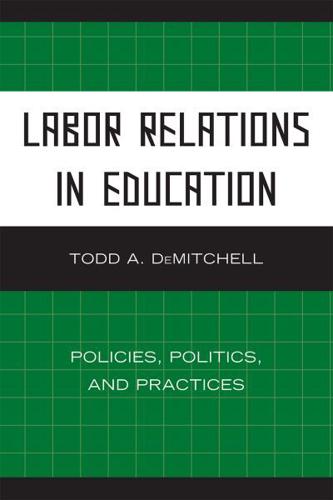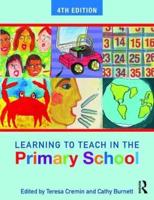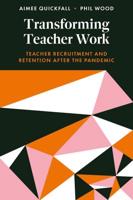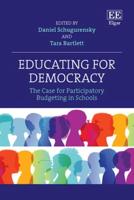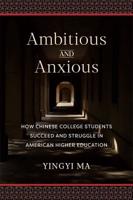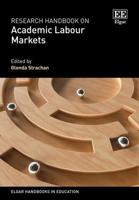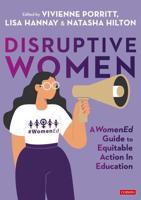Publisher's Synopsis
Collective bargaining in the public schools of the nation has its legal roots in the industrial labor model fashioned in the 1930s out of labor strife between union organizers and private businesses. This industrial union labor model was transplanted almost wholesale into the public sector over fifty years ago when teachers, fire and police personnel were granted the legislative right to collectively bargain their wages, benefits, and terms and conditions of employment in most states. What impact has this industrial model had on public education and on the relationship between teachers and administrators? Labor Relations in Education explores unions and collective bargaining in the public schools of America. The history of the laws, the politics of the response to collective bargaining and unions, and the practices of bargaining and managing a contract are explored in this volume. Changes that may move labor relations into professional relations and away from the industrial labor union model and diminish the schism that exists between educators are discussed. A fully developed simulation is included to employ the practices and concepts discussed in the book.
